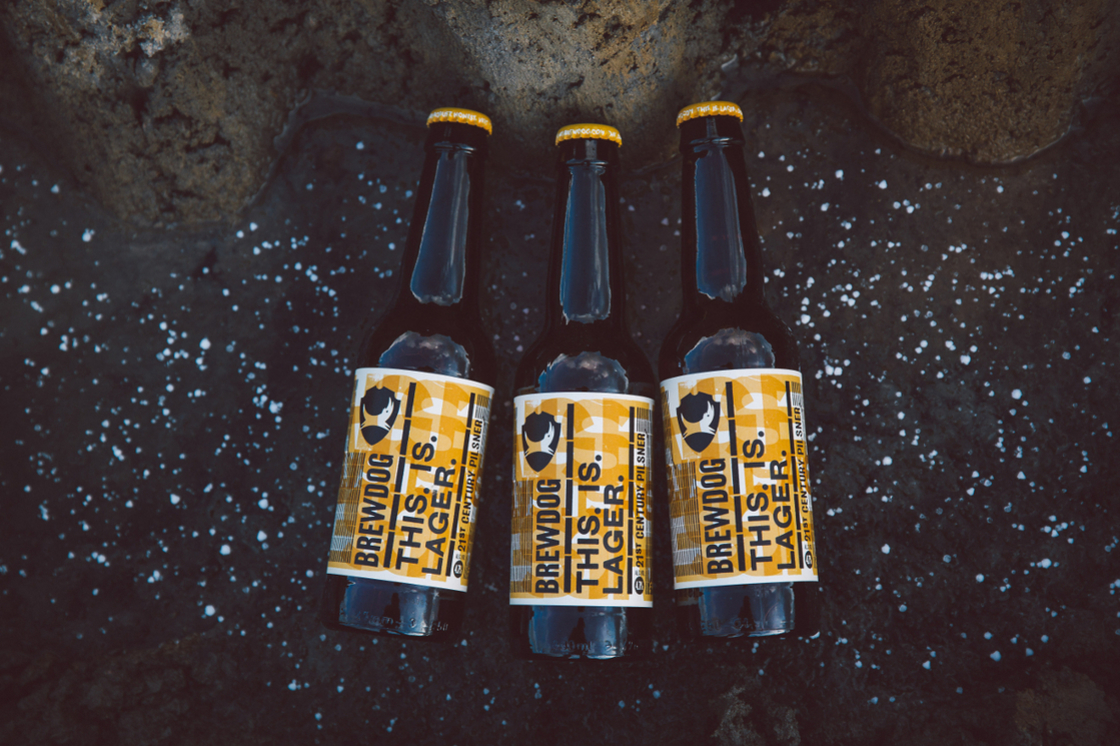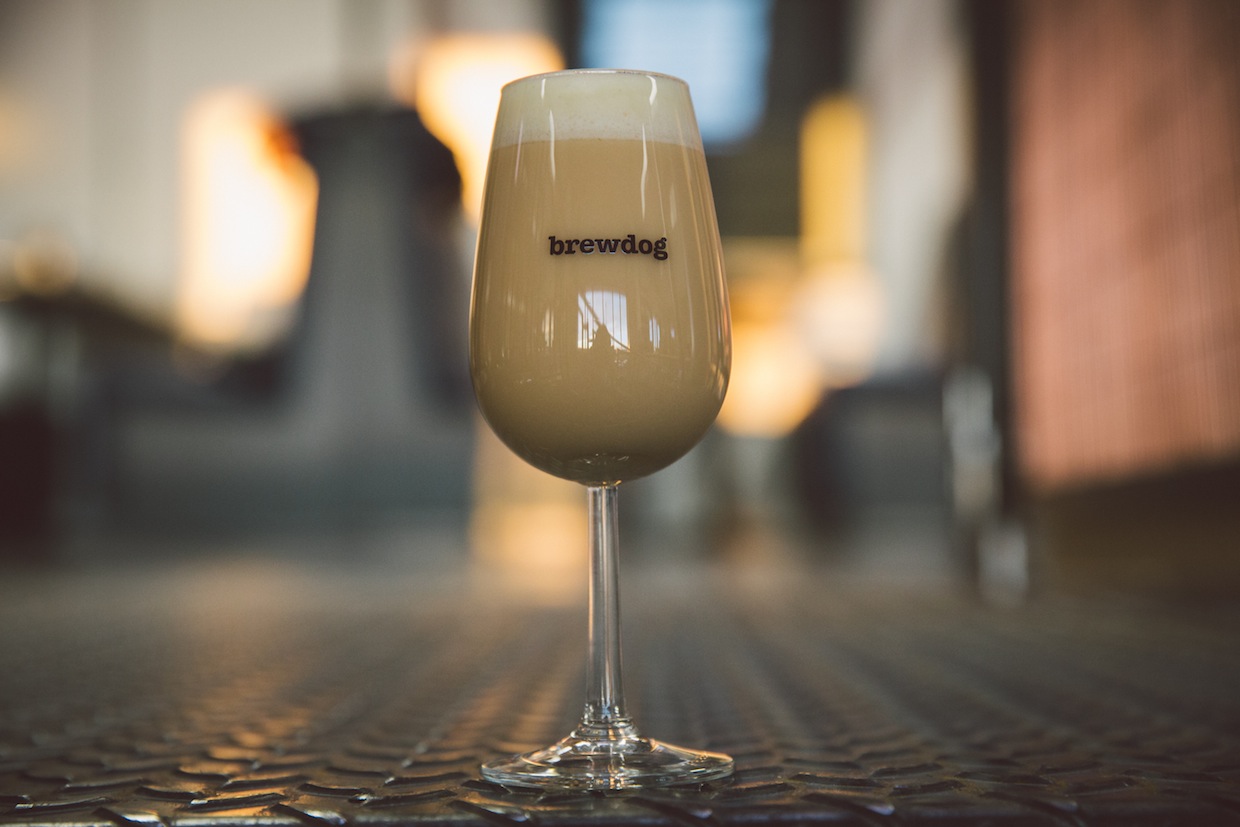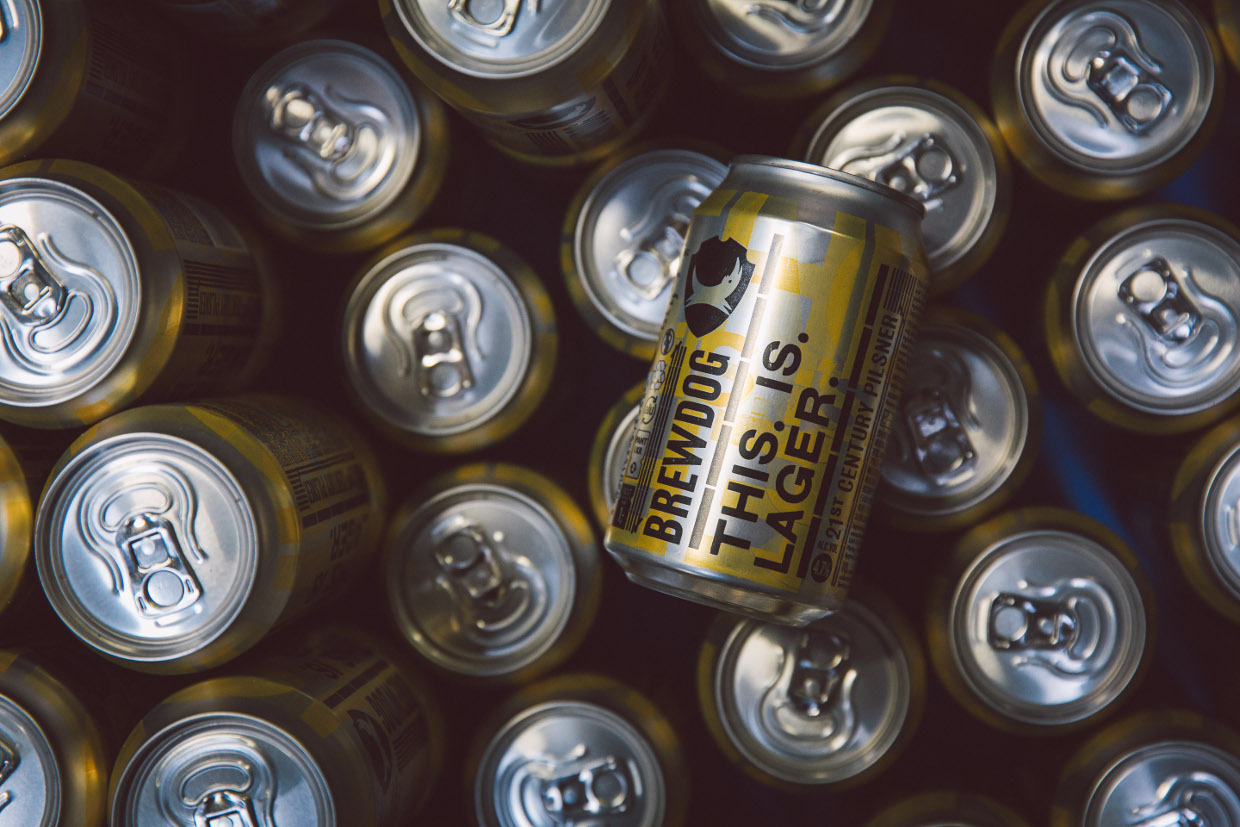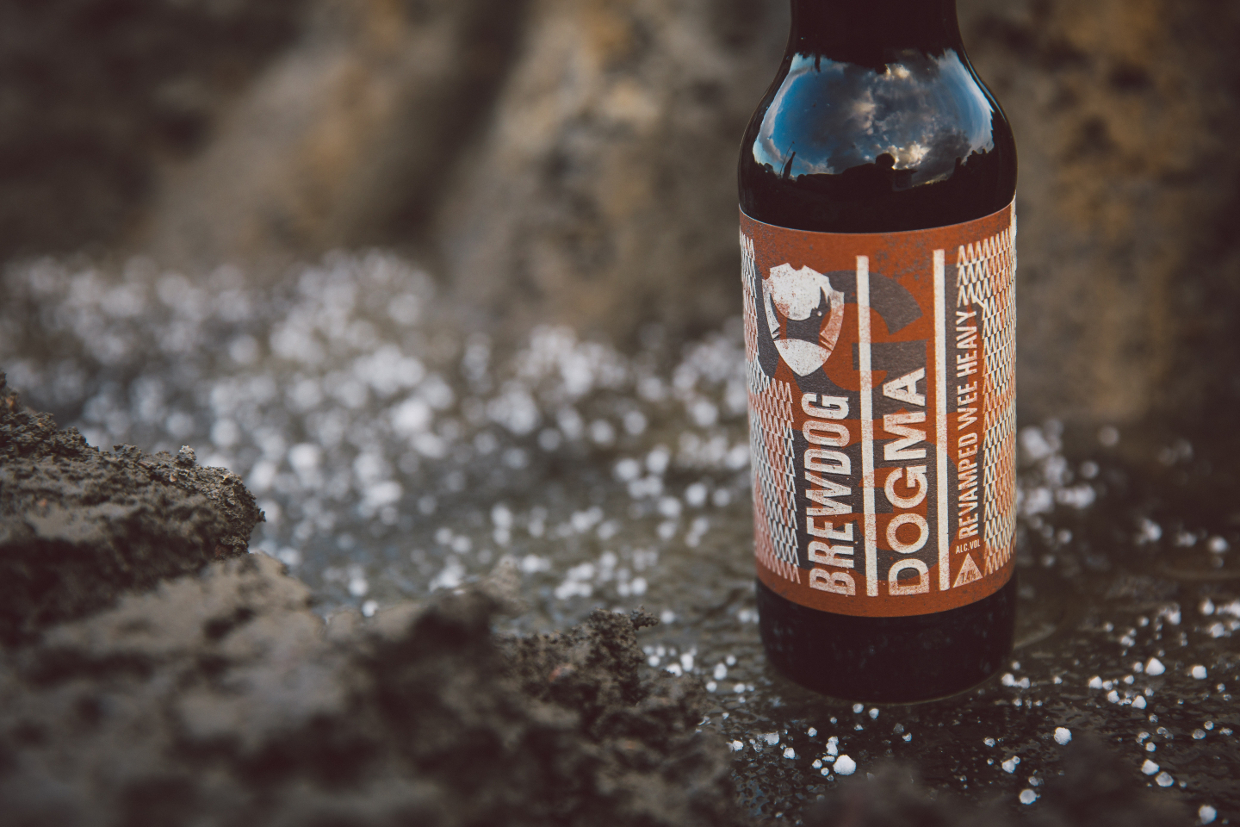YEAST FEAST: LAGER YEAST

You can find out more about investing in BrewDog at www.brewdog.com/equityforpunks
As we’re firmly in the grip of summer – or we are supposed to be, at any rate – the thoughts turn towards lighter, more refreshing beers than thunderous imperial stouts or warming porters. Beers such as lager, for instance. One of the world’s most formative styles, it’s a crying shame that much of the beer drinking population associates it with bastardised versions produced by monolithic megabreweries. The original lagers of continental Europe, and the hop-forward versions produced by modern craft breweries, are infinitely nicer – you only have to taste them to discern that much.
The variety in flavour between these extremes is down to many things – ingredients, philosophy, accountants – but also; time. More than any other beer style, when brewing lagers they require time to develop. This approach is often the antithesis of that adopted by corporate breweries, who don’t want to let what they see as a commodity sit around taking up tank space, when it could be pouring from taps or garishly advertised bottles. But the very word itself relates to time; ‘lager’ is a derivative of the German word for storage.
And the component of the beer that requires the most amount of time is lager yeast.

Once added, the extent to which you can leave lager yeast alone will determine what your final beer will taste like. This holds true for any fermentation, of course – but much more with lagers. This is because the distinctive yeast strains for these beers prefer to work at lower temperatures than the category of ‘ale yeasts’. As a function of this, they will also work at a slower pace (as we all would). The payoff is that these longer timeframes at lower temperatures reduce the amount of fruity ester flavours in the final beer – even the most committed lagerboy knows the beers are characteristically crisp and dry – but the downside is the formation of sulphur compounds.
Yes, unless you have a hankering for an eggy lager, the longer secondary fermentation phase is also required to give the yeast a chance to thoroughly metabolise compounds that would otherwise make the beer really rather unpleasant. If you choose to rush your lager to market, then look out. The longer conditioning times are required to ensure the slow, methodical lager yeast has enough of a chance to get to work on all of the potential spoilage compounds, and deliver a clean lager at the end. This is why lagers cannot be rushed – why a long time-span is of the essence.

And our champion of lager yeast is, as you’ve probably already guessed, This. Is. Lager. Our dedicated strain of authentic German lager yeast is left to work its magic for five weeks before we package this beer, and the resultant bitterness is distinctive of the great continental lagers of old that we hold in such high regard. This. Is. Lager. is bold, citrusy and peppery, and is the perfect antidote to those who believe lager is best from frosted mugs, or bottles served in a bucket as part of a drinks promotion.
But it’s not just our 21st Century Pilsner that we ferment with lager yeast…
Zeitgeist

Most lagers are golden – but that doesn’t mean they have to be. Munich dunkels (the word means ‘dark’) are one of the oldest beer styles of Germany; dark lagers have been produced there for centuries. Our take on this classic is of course Zeitgeist – which we ferment with lager yeast as an organic black lager. This gives it a full, roasty body to complement the citrus hops that arrive on the finish; adding a touch of the unexpected to the traditional.
Dogma

No, really. Our 7.4% Scotch ale is also produced with lager yeast. We ferment it out a little warmer though – at around 14°C – so instead of an enormously malty lager we end up with a wee heavy that displays a fantastic depth of character from the long fermentation time. When that flavour profile from the yeast is taken into account alongside the ten different malts and heather honey, it underlines just how complex a brew Dogma is.
Lager yeast is certainly a fascinating strain to brew with. Thanks to scientific pioneers such as Max Rees and Emil Christian Hansen, it is now readily available to brewers the world over. How they then use it will depend on exactly what beer you get at the end. But if you give lager yeast the care it requires, and furnish it with the time to make a difference, it will produce some amazing results.
What are your favourite lager-yeast beers? Let us know in the comments!
You can find out more about investing in BrewDog at www.brewdog.com/equityforpunks

Join the Discussion
Comments (7)
A few names to check out: Unetice, Chotebor, Poutnik, but there's many, many more. Just remember, with czech pilsner, it's not just about the beer, it's a lot about how it's served as well (there are at least 4 basic serving style in Czech republic: mliko, hladinka, snyt and cochtan).